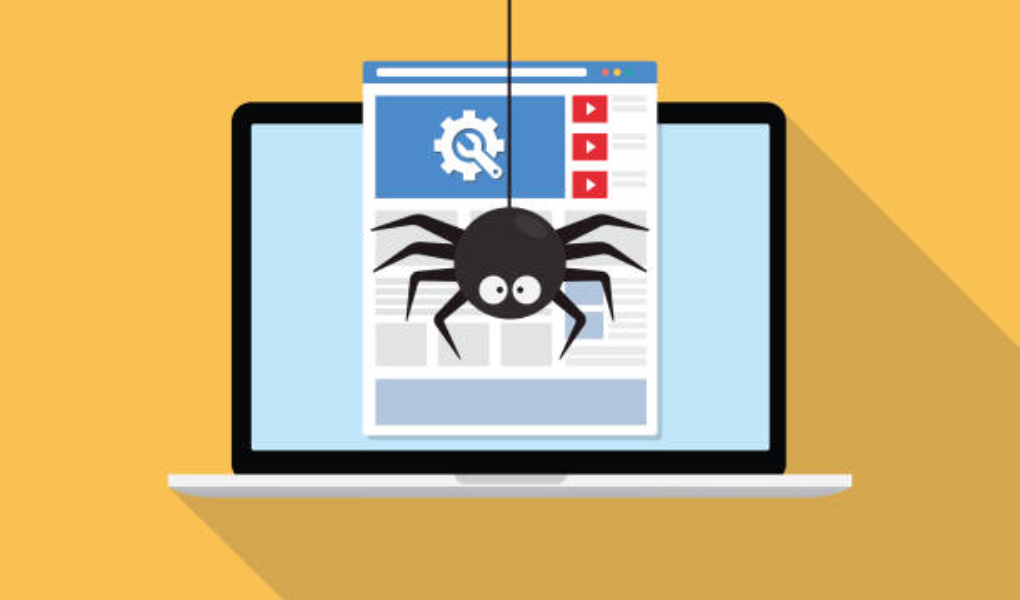Are you a website owner and want to make sure that your website is performing at its best? One of the things you need to consider is how Googlebot crawls your website.
Googlebot is a program that Google uses to scan your website and its content to determine its ranking in search results.
However, too many requests from Googlebot can slow down your website or cause it to crash. That’s why it’s essential to implement rate limiting to control the number of requests that Googlebot makes to your website.
However, it’s important to note that using 403 or 404 error responses to rate limit Googlebot is a big no-no. Let’s learn why:
Table of Contents
What are 403/404 error responses?
When you visit a website, and it shows you an error page like “404 Not Found” or “403 Forbidden,” it means that the server couldn’t find the requested content, or it’s not accessible. These error responses are sent by the server to the user’s browser to indicate that the requested content doesn’t exist or is not available.
Why Using 403/404 Error Responses for Rate Limiting Googlebot is a Big No?
Rate limiting is essential to prevent Googlebot from overloading your website with too many requests. However, using 403/404 error responses can confuse Googlebot and impact your website’s ranking.
When you use a 403 error response, it means that the requested content is forbidden, and Googlebot may interpret it as a sign that your website is blocking it. As a result, Googlebot may stop crawling your website, which can hurt your website’s ranking.
On the other hand, using a 404 error response means that the content doesn’t exist. Googlebot may assume that your website is outdated, has broken links, or has low-quality content, which can negatively affect your website’s ranking.
Google Wrote:
“Over the last few months we noticed an uptick in website owners and some content delivery networks (CDNs) attempting to use 404 and other 4xx client errors (but not 429) to attempt to reduce Googlebot’s crawl rate.”
What Is the Alternative for Rate-Limiting Googlebot?
Instead of using 403/404 error responses, use a 503 error response to indicate that your server is temporarily unavailable due to maintenance or overloading. Googlebot will understand that it needs to slow down the crawling process and return later.
Using 403/404 error responses for rate limiting Googlebot can have a negative impact on your website’s ranking. It’s essential to use a 503 error response to manage the number of requests from Googlebot.
Remember to keep your website’s performance in check to ensure that it’s ranking well in search results.
Source: Google



